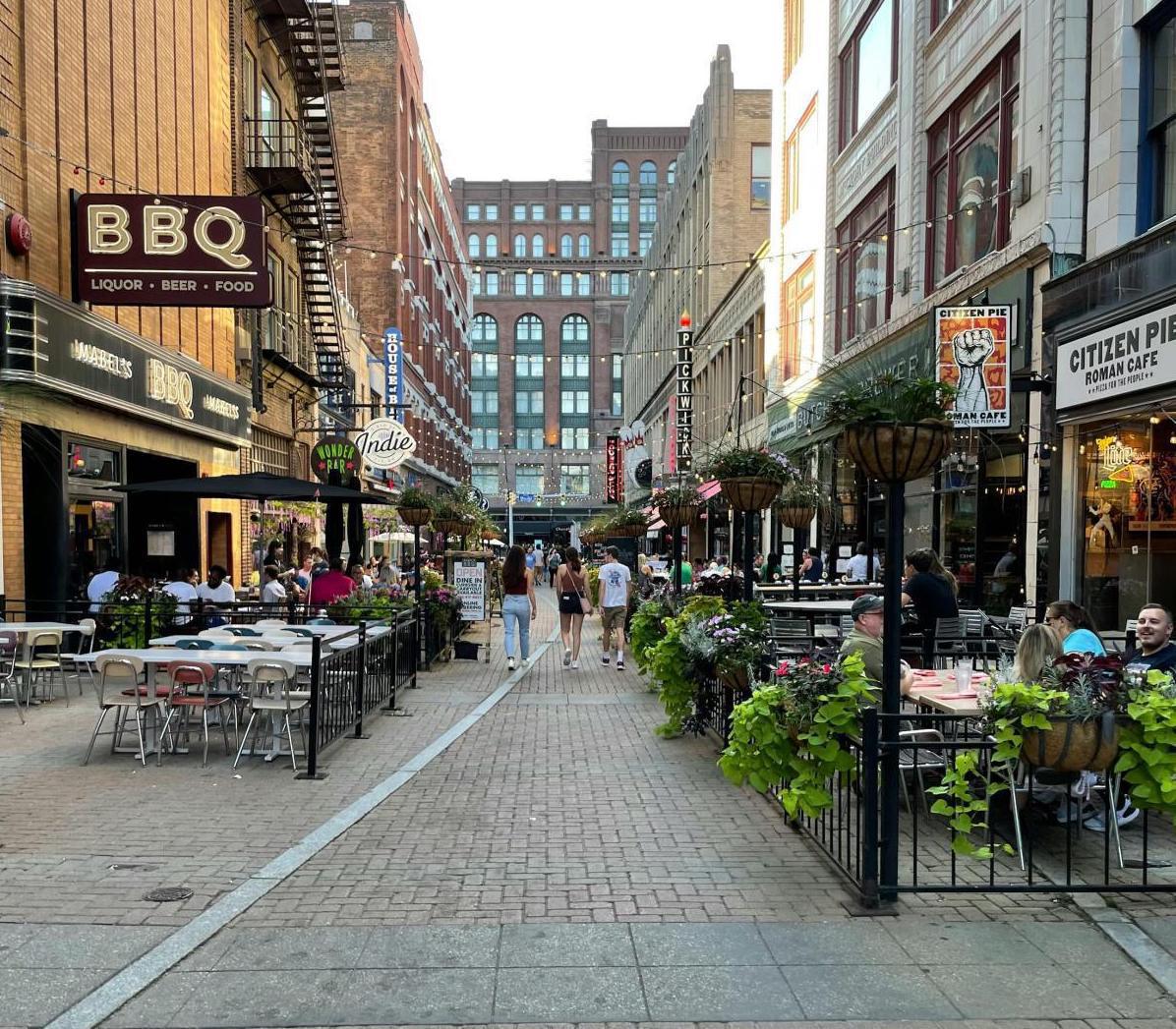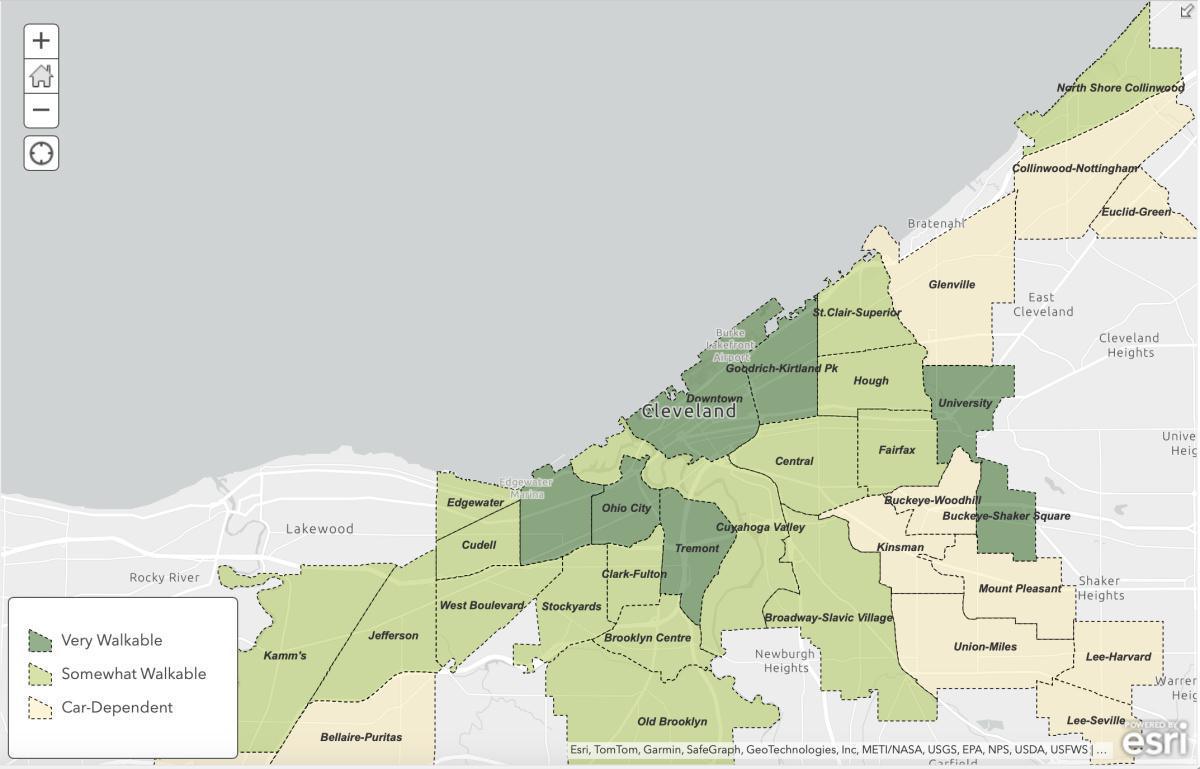Cleveland, Ohio, renowned for its rich history and dynamic cultural scene, is embarking on an exciting transformation. The city is evolving into a pedestrian paradise, a change that not only revitalizes its urban landscape but also presents a golden opportunity for real estate investors and homeowners.
A mosaic of pedestrian-friendly zones, stretching from the historic Public Square to the lively districts of Ohio City and University Circle, is redefining Cleveland’s urban experience. This shift towards walkability is capturing the interest of real estate investors and tenants alike, who are charmed by the prospect of a lifestyle that combines ease of access with the allure of city living.
Recent accolades from Smart Growth America have placed Cleveland at the forefront of the Social Equity Index, highlighting the city’s dedication to creating accessible, pedestrian-oriented areas. This recognition has significant implications for the real estate market, as neighborhoods with high walkability often yield greater rental returns and property values. By prioritizing affordability, strategic housing locations, and transit accessibility, Cleveland is not only advancing social equity but also strengthening the resilience and appeal of its real estate market.
Delving deeper into Cleveland’s impressive Social Equity Index ranking and armed with the latest insights from Walkscore.com, it becomes essential to examine individual neighborhoods to fully grasp the city’s walkability landscape. University Circle, Fairfax, and Hough each offer a unique perspective on walkability and the city’s commitment to fostering inclusive urban spaces.
- University Circle boasts a Walk Score of 74, making it a walkable nexus for education, healthcare, and the arts, with an array of amenities and cultural offerings within easy reach.
- Fairfax, with a score of 62, is undergoing a transformation into a walker-friendly zone, thanks to initiatives by the Fairfax Renaissance Development Corporation.
- Hough, scoring 52, is enhancing its walkability while paying homage to its historical roots, signaling progress from its challenging past.
These neighborhoods collectively underscore Cleveland’s pledge to build accessible, inclusive communities.
The concept of walkable neighborhoods transcends mere convenience; it embodies a lifestyle that values health, environmental stewardship, and social interaction. This move towards pedestrian-centric living has a direct impact on the real estate sector, as properties in these locales typically appreciate more rapidly than those in areas reliant on vehicles.
The attractiveness of living within walking distance to amenities, public transportation, and green spaces results in heightened demand from tenants and buyers, leading to robust rental markets and escalating property values.
For those looking to invest in real estate, Cleveland’s narrative of increasing walkability offers a persuasive case. Properties in pedestrian-friendly neighborhoods provide the dual advantages of steady rental income and potential for long-term value growth. As Cleveland continues its commitment to enhancing walkability and connectivity across its neighborhoods, the real estate market is poised to reap substantial rewards.
Explore this page, to examine the influence of walkability on rental rates in Cleveland by searching zip code data.



